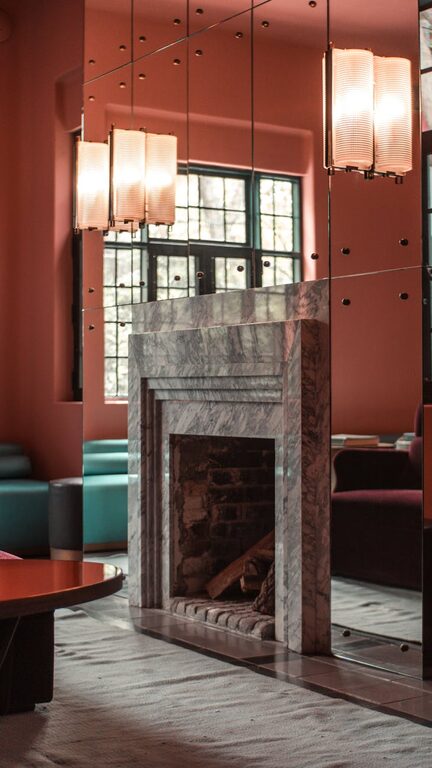
Creating a comfortable atmosphere at home often starts with the right lighting. Good lighting not only brightens your space but also sets the mood, supports your daily activities, and enhances the overall design of your home. Whether you’re redecorating a room or just looking to upgrade your lighting, choosing comfortable home lighting is essential. This guide offers helpful tips to make lighting your home an enjoyable and satisfying experience.
Why Comfortable Lighting Matters
Lighting affects how we feel and function within a space. Harsh, overly bright lights can cause discomfort and strain your eyes, while dim or poorly placed lights might make a room feel gloomy or awkward to use. Comfortable lighting balances brightness, color, and placement to create a welcoming environment that supports your lifestyle.
Understanding Different Types of Lighting
Before choosing fixtures or bulbs, it’s important to understand the three primary types of lighting:
– Ambient Lighting: This is the general, overall light that illuminates a room. Examples include ceiling fixtures or wall sconces.
– Task Lighting: Focused light designed for specific activities, such as reading or cooking. Desk lamps and under-cabinet lights are common examples.
– Accent Lighting: Used to highlight features like artwork, plants, or architectural details, creating visual interest.
Balancing these lighting types helps create depth and functionality in any room.
Tips for Choosing Comfortable Home Lighting
1. Consider the Purpose of Each Room
Different rooms have different lighting needs. For example:
– Living Rooms: Mix ambient lighting with softer accent lights to encourage relaxation and socializing.
– Kitchens: Bright, focused task lighting is key for cooking and food prep, supplemented by ambient lighting.
– Bedrooms: Warm, dimmable lights promote a cozy atmosphere and support winding down at night.
– Bathrooms: Bright, natural-light-inspired lighting near mirrors helps with grooming.
Thinking about how you use each space will guide your choices.
2. Choose the Right Bulb Color Temperature
Bulbs come in various color temperatures, measured in Kelvins (K):
– Warm Light (2700K-3000K): Creates a cozy, inviting feel — great for living rooms and bedrooms.
– Neutral White (3500K-4100K): Balanced light that works well in kitchens and bathrooms.
– Cool White/Daylight (5000K-6500K): Mimics natural daylight, ideal for task-oriented spaces like offices or garages.
For comfortable living spaces, warm to neutral tones are often preferred.
3. Use Dimmers for Flexibility
Dimmers allow you to adjust light levels to suit different times of day or activities. Installing dimmer switches helps avoid harsh glare and makes it easy to create a relaxing ambiance or bright task lighting as needed.
4. Pay Attention to Fixture Placement
Proper placement of light fixtures is crucial:
– Avoid placing lights too close or directly above eye level to reduce glare.
– Use multiple light sources in a room rather than relying on a single overhead fixture.
– Layer your lighting by combining ambient, task, and accent lights to add depth and comfort.
5. Opt for Soft, Diffused Lighting
Light diffusers, frosted bulbs, or lampshades can soften harsh light, reducing eye strain and shadows. Soft lighting creates a more relaxing environment, especially in areas designed for rest.
6. Energy Efficiency Matters
Choose energy-efficient LED bulbs for long-lasting performance without excessive energy use. LEDs also offer more options for color temperature and dimmability compared to traditional bulbs.
7. Match Lighting Style with Home Decor
Comfortable lighting also looks good. Select fixtures and bulbs that complement your home’s style, whether modern, rustic, minimalist, or traditional. Lighting can be both functional and a decorative element.
Practical Lighting Ideas for Common Spaces
Living Room
– Combine recessed ceiling lights with floor lamps beside sofas for reading.
– Use wall sconces or table lamps to add soft accent lighting.
– Choose warm bulbs to create a cozy environment.
Kitchen
– Install bright under-cabinet lights for food prep areas.
– Use a mixture of recessed and pendant lights over islands or dining tables.
– Opt for neutral or cool white bulbs to promote alertness.
Bedroom
– Use bedside lamps with warm bulbs and dimmers to adjust brightness.
– Consider installing overhead dimmable fixtures for general lighting.
– Avoid harsh fluorescents or overly bright lights before bedtime.
Bathroom
– Position lights on either side of mirrors to reduce shadows.
– Bright, neutral white lighting helps improve visibility.
– Waterproof fixtures are important in wet areas.
Final Thoughts
Choosing comfortable home lighting is about balance. Understanding your space’s function, selecting the right color temperature, layering light sources, and incorporating adjustable features like dimmers all contribute to creating inviting and practical environments. With thoughtful lighting choices, your home will not only look better but also feel more comfortable and welcoming throughout the day.
Lighting your home intentionally makes a big difference—in comfort, mood, and even how you experience each room. Take your time to explore options, experiment with placement, and find what works best for you and your lifestyle. Happy lighting!
